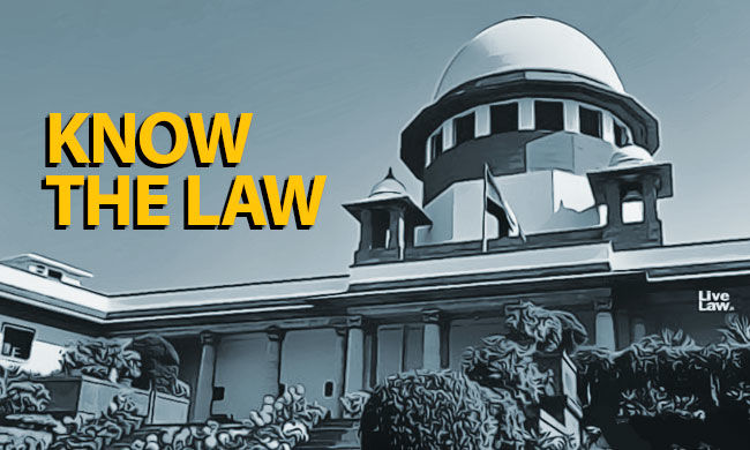Explainer : What Is Order 7 Rule 11 CPC? When Can Plaint Be Rejected?
Paras Ahuja
29 May 2022 9:10 AM IST

Next Story
29 May 2022 9:10 AM IST
The presentation of a plaint, i.e. the pleading of the plaintiff in a suit; marks the institution of a civil suit. The Civil Procedure Code, 1908, provides for the remedy of rejection of plaint under Order VII Rule 11, on certain specifically states grounds. Order VII Rule 11 provides: "Court shall reject a plaint: (a) where it does not disclose a cause of action; (b) where the relief...
